Seven Steps to Choosing the Right CNC Machine Tool
February 9, 2023

Mooming in a variety of different shapes, sizes, speeds, and other dimensions, CNC machine tools are the workhorses of the precision engineering and manufacturing industry. These indispensable machines on your shop floor have a wide variety of uses – from mold & die to fabricating complex medical, automobile, or aircraft parts, just to name a few.
Equipped with varying degrees of software and automation, they can help to significantly improve the efficiency of your machining processes and ultimately the quality of your parts.
The challenge, however, comes in selecting the right CNC machine tool for your company. With such a wide range of factors to consider, how do you narrow down to the most critical factors?
Here’s a useful checklist for you to start with.
#1 Current machine tool set-up and operator experience
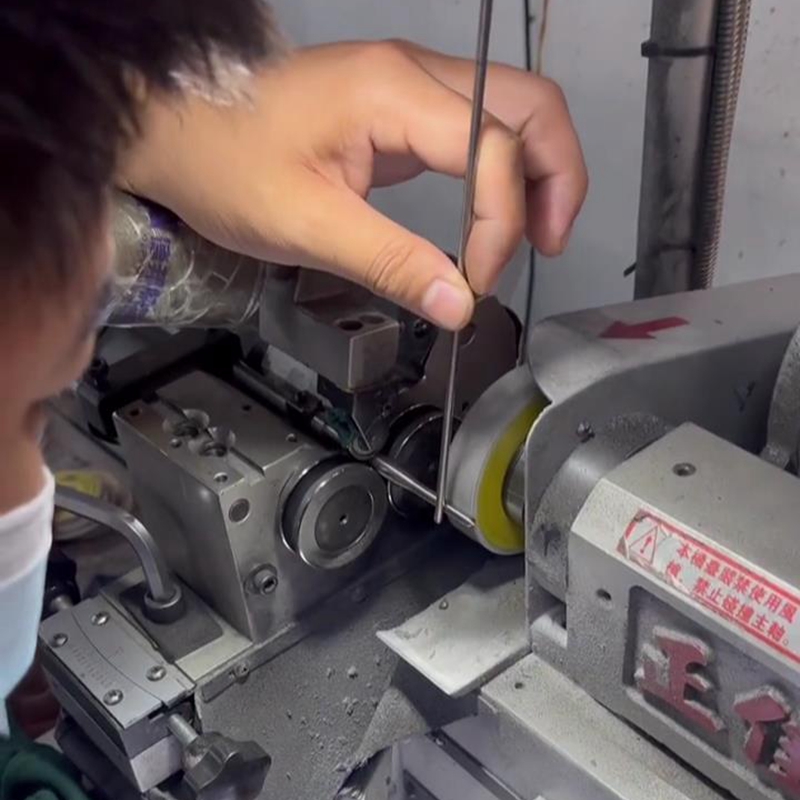
First, you need to consider what the current machine set-up is like at your factory, and how much experience your engineers and operators have in using CNC machine tools.
If you already have existing machines, you should evaluate if they are still appropriate for their manufacturing purposes, see where your current gaps are, assess your machine life span, and evaluate the cost-effectiveness of replacing an existing machine with a newer higher performing one.
The expertise and proficiency of your machine tool operators will also play a critical role. Generally speaking, more highly automated smart machines require less human intervention than simpler machine tools with limited functions.
#2 Part difficulty and complexity
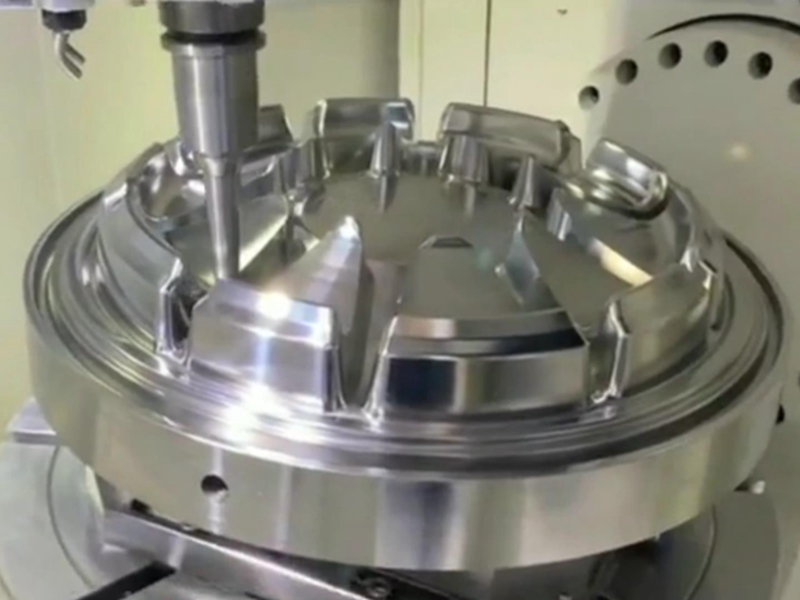
It is a rule of thumb that the more complex a part is, the more expensive it will be to manufacture. Highly complex parts may require more advanced machinery. They also require more machining time, multiple passes and setups, more resources, and closer inspection. All these influences the cost of parts.
In CNC machining, there are certain part features and designs that inevitably increase the cost. These include sharp internal corners, thin walls, deep cavities, non-standard hole sizes, and lettering. These, and other cost-ineffective features that we’ve compiled, affect cost significantly and should be avoided unless they are absolutely necessary. In addition, certain design specifications such as surface roughness or tolerancing options may require multiple passes and inspections.
One of the greatest challenges in CNC machining is the complexity and precision of the parts to be produced.
Parts for automotive, defense, aerospace or medical industries may require advanced CNC machines, where various spindles are selectable, capable of maneuvering, cutting, boring and shaping parts controlled through multiple axis. Examples of these machines include 3 to 5-Axis Machining Centers and 2 to 8-Axis Turning Centers. They allow one, two or even Multi-Spindle (mass production) designs.
From standard to highly complex jobs or for batch production, you may consider either Horizontal or Vertical CNC Lathes with 2 to 5-Axis or Milling Machines with 3 to 5-Axis.
GPT Precision Co., Ltd has a range of Horizontal Turning Centers to select from :
CUTEX Range with Linear Guide Way System, suitable for a range of applications and production needs. Available in 2 to 5-Axis.
Hi-TECH Line with Solid Hand Scrapped Box Guide Ways, most capable to handle toughest materials at the highest precision.
Multi-Axis Turning Centers are the right choice if complex parts and the need to complete the part in one setting.
Vertical Turning Machines like GPT Precision’s VT Range are most effective for machine parts where the part diameter is much bigger than the part length. Eg. gear wheels, drums, disk, pump housing, engine housing and rings, and many more.
For production in “High Mix – Low Volume” mode with quick turnarounds of various parts and required machine settings, GPT Precision’s new 5-Axis Machining Center D2-5AX offers an incredible solution with its ø600mm 2-axis table, 4+1 to full 5-axis and 4 selectable spindles (option).
For Mold & Die applications, GPT Precision Co., Ltd offers the proven M2-5AX as well as the new M3-5AX 5-Axis Machining Center. The highest precision, accuracy, and surface finish are guaranteed by these gantry-designed machines.
For the toughest materials like titanium, Inconel, or heat-resistant stainless steel, the new M4-5AX with a maximum spindle torque of up to 1009Nm, ensures the highest stability and efficiency during simultaneous cutting in 5-axis.
Turning Centers like GPT Precision’s T2 with up to 8 axis or the new C1 / C2 with integrated tool changer provides the ideal platform for “High Mix – Low Volume” production needs.
Milling machines are of different types, with varying levels of complexity and capability.
#3 Materials to be machined
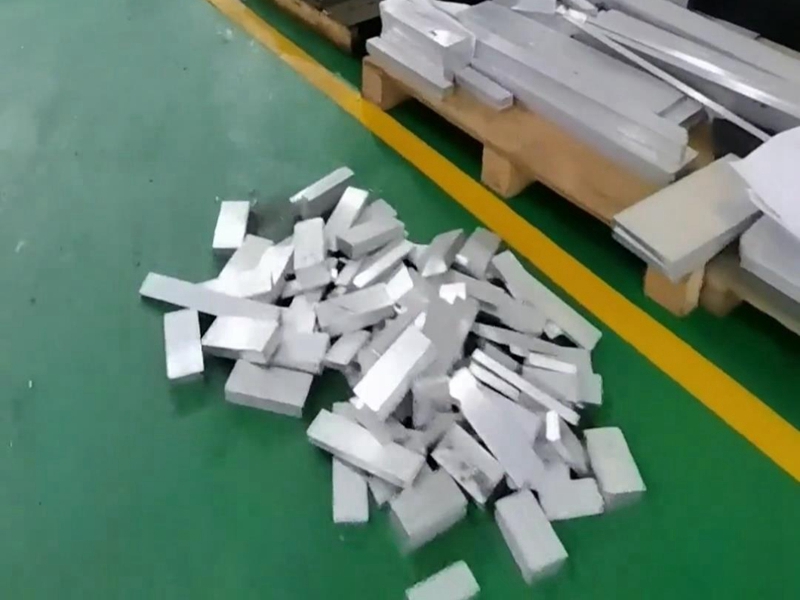
CNC machine tools are capable of working on virtually most materials, including METALS-Aluminum, Copper, Titanium, Stainless Steel, Magnesium, Zinc; PLASTICS-ABS, Acrylic, Delrin, Fiberglass, PEEK, PVC, Polycarbonate, Polyethylene, Polyurethane, Teflon, Ultem. and Inconel. The type of material to be machined will influence the machine design and the spindle to be selected, as also the levels of performance, durability, load bearing, and precision that can be realized. Physical properties and optimum cutting conditions of the material will also influence machine tool factors such as the maximum spindle speed, peak spindle motor horsepower, and max spindle motor torque needed.
#4 Linear Motion (LM) guide ways or box guide ways
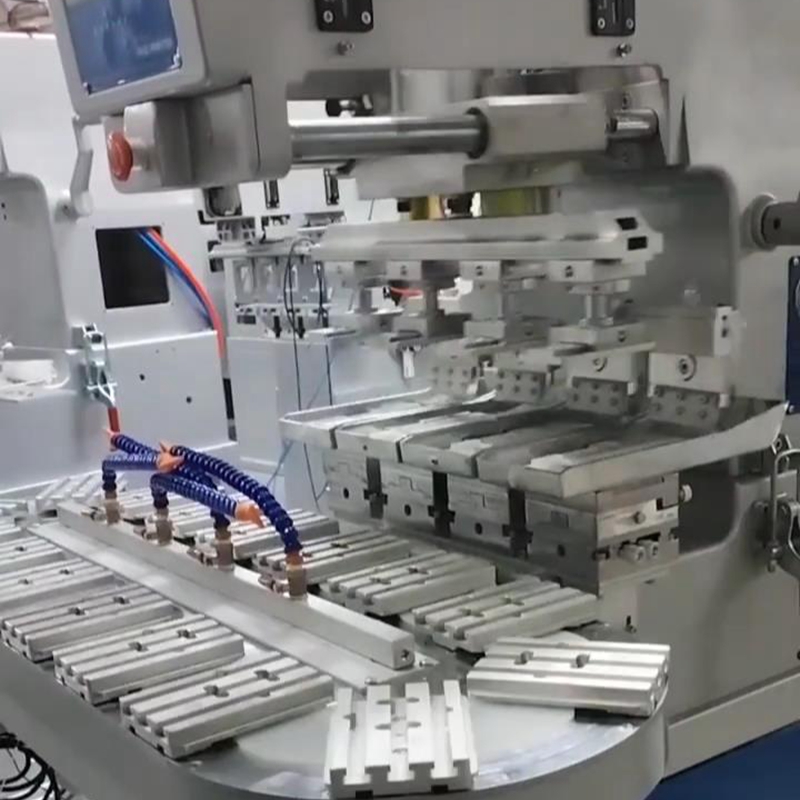
Next, you need to consider if you should choose a CNC Machine tool using the Linear Motion (LM) guide way system or the stronger and more rigid box guideway design.
There are four main factors you need to consider here: speed, rigidity, load-carrying capacity, and tool life.
CNC machines that are built with LM guideways tend to be faster but more suitable for lighter-duty applications. On the other hand, machines with box guideways are more rigid, have less vibration, and are capable of taking on heavier cuts on large parts. However, these are normally slower than those with LM guideways.
In choosing between the two, it is useful to ask yourself the following questions:
What will the material to be cut be?
How much damping of vibrations is needed?
What are the desired cutting feed rates?
What are the expected and required tool life?
#5 Types of CNC control system
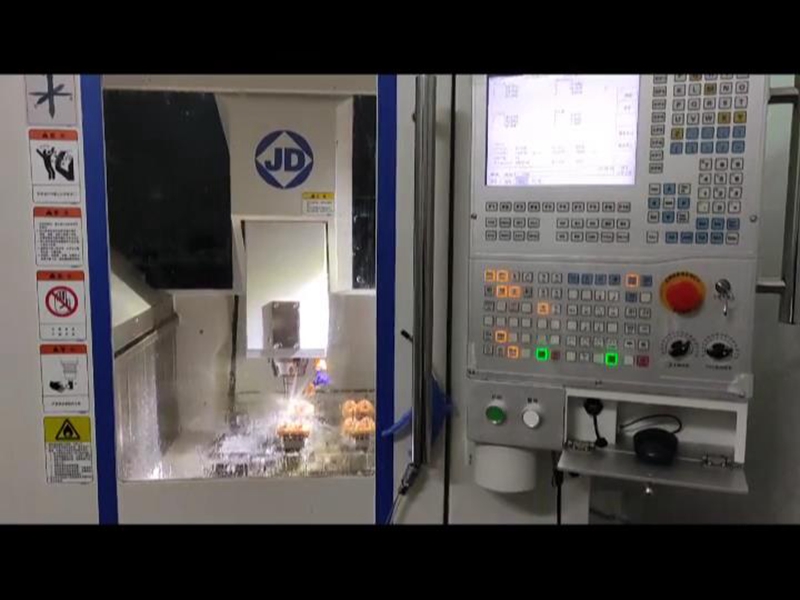
When choosing the right machine tools, you need to also match your choice with the selection of the most practical CNC controls. This will not only depend on the levels of automation, but include the number of axis to be controlled, as well as the manual interventions needed during the production process.
You should go beyond choosing the nicest and biggest screen for your CNC control, and consider the following important factors:
Reliability of the CNC controls
Effectiveness of the controls
Software stability
User friendliness – are you able to find operators for these controls?
#6 Cost per part
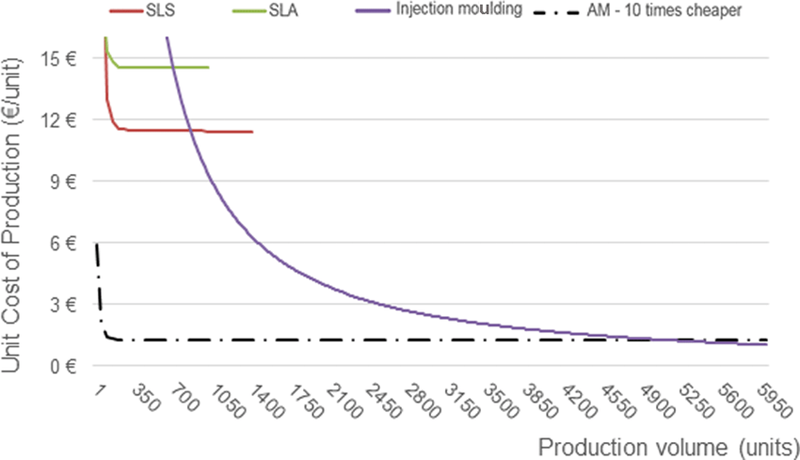
In order to determine this, you need to consider both your fixed costs and variable costs:
Fixed costs: Initial capital investment, depreciation of machine, loan interest (if any)
Variable costs: Material cost, manpower costs, tooling costs, maintenance and servicing costs, spare parts costs
Note that choosing the cheaper machine doesn’t necessarily guarantee that you’ll enjoy better production effectiveness or factory profitability in the long run.
#7 Available space at factory
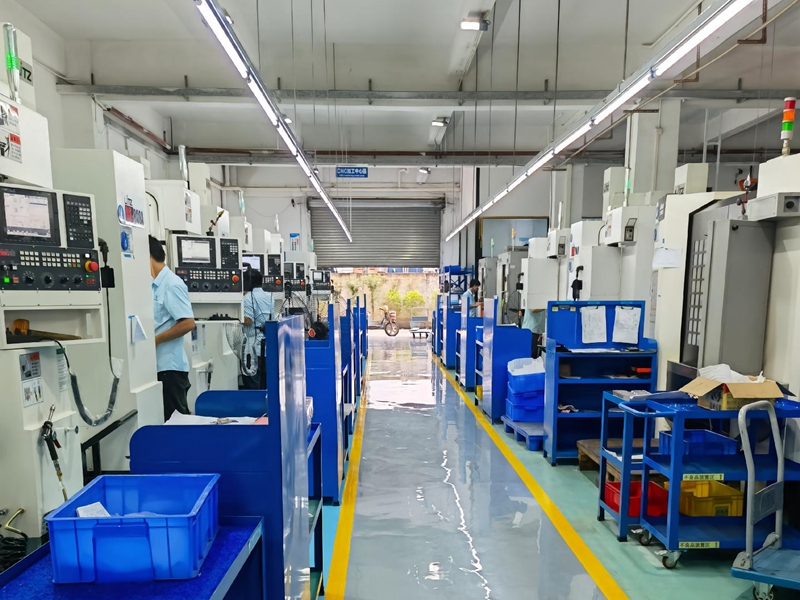
Last, but certainly not least, you will need to consider how much space you have in your shop floor to accommodate the new machine tool.
Naturally, this varies from industry to industry, and may include the following factors:
Maximize utilization of available floor space
Minimize the movement of workers from machine to machine
Material flow and space for movement of materials from point to point
Increase productivity
Chip disposal
Safety conditions for workers
Space for future expansion
Available power points
Based in Shenzhen China with over 20 years of experience in machine tool building, GPT Precision Machine Tools is the first company in the world to develop smart operating systems for its CNC machine tools. Used for Mold & Die applications, our SMART technology provides an easy way to ease labor shortages. Send the CAD file to the machine, press four buttons and the machine does the rest. Available for machining effectively Graphite Electrodes and – new – mold inserts as well as mold cores.
CNC machine tools are big investments. However, they can definitely be worth your investments so long you take the right steps in choosing them the right way.





